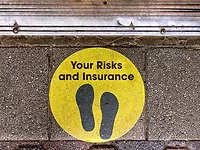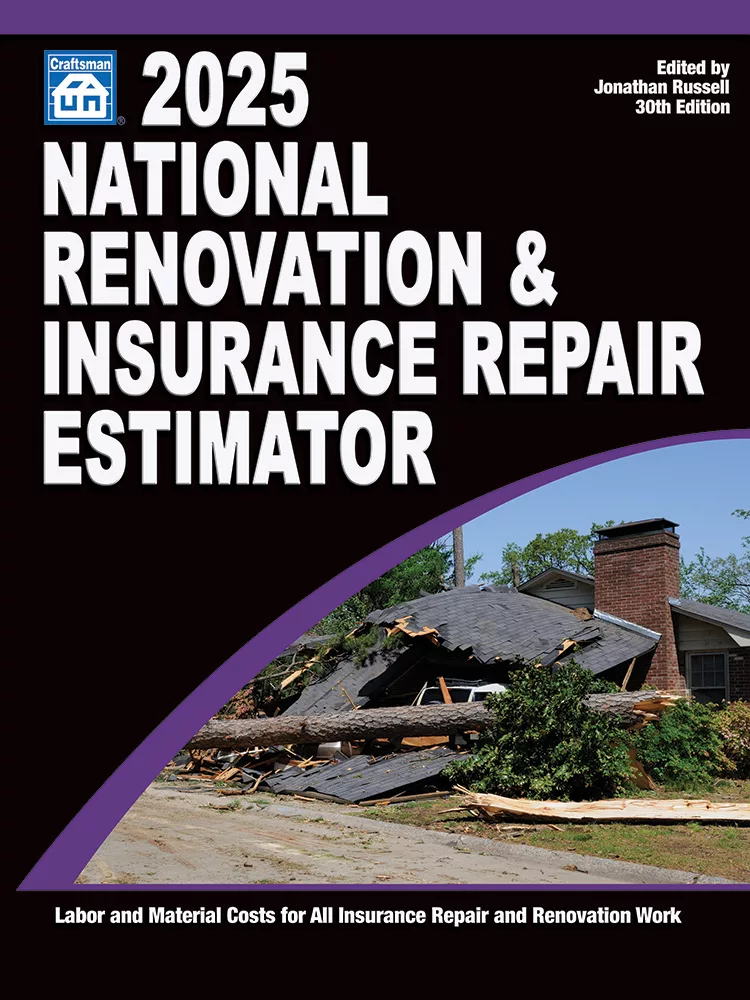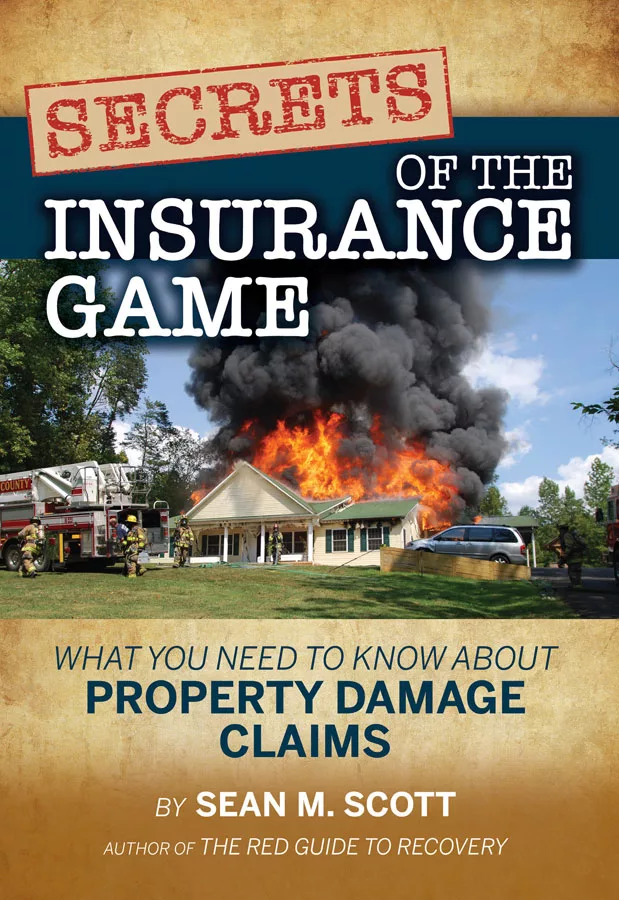A $20K Vase Broken: Where is Your Insurance Coverage?
The Insurance 101 version of insuring damage to the property of others.



Every cleaning and restoration contractor knows there are times where they are working on or around some pretty valuable items. Expensive rugs, pricey vases and other expensive items are found in many homes and businesses. The potential always exists that a contents cleaning specialist can damage an expensive item and be held responsible for the damage, either by the property owner or their insurance company.
“That is why I have insurance,” many contents restoration firm owners tell me when I ask them how they deal with dropping a $20,000 vase. However, very few owners actually know how their insurance policies work to cover them for damages they may cause to their client’s property. The reality is most firms today are woefully uninsured for dropping a $20,000 vase or damaging virtually anything they are working on, including turning a house into a mold ecology science project.
The good news is there is economically-priced business insurance available to cover damage or loss to the property of others in your care, custody, and control.
The bad news is unless you pay attention to the insurance coverage, the off-the-shelf business insurance package will most likely leave you uninsured for damaging anything you are working on or anything you are storing. In this article, I will present the Insurance 101 version of insuring damage to the property of others.
All it takes is a little due diligence to get the insurance coverage you need. In many cases, the coverage you need does not increase your insurance premium! It is just a matter of buying the right policy from an insurance agent who knows your business and your insurance needs. Many restorers complain to me that they cannot find a local insurance agent who is knowledgeable in restoration contractors. I would be glad to help anyone find a good local agent, just give me a call.
Getting coverage for the property in your care, custody or control is dependent upon what the property is and what you are going to it or with it, at the time of the loss.
Insurance for dry-outs
Let’s start out with getting coverage for the home which is damaged due to a failed drying job. If you are drying out a building, the thing you are working on is the building. Many restoration firm owners believe (by mistake) that their General Liability (GL) policies insure their work on mold or Category 3 water jobs. When in fact, the common fungi and bacteria exclusions on GL policies today delete all of the insurance under the policy for claims associated with even showing up to work on a job with a drop of Category 3 water or a speck of mold.
The solution is to purchase a customized GL policy that does not contain a mold/bacteria job site exclusion. This job site exclusion on the General Liability policy cannot be fixed through the purchase of a Contractors Pollution Liability policy alone.
In another example of buying the wrong type of insurance policy, drying contractors who actually have Contractor’s Pollution Liability (CPL) coverage in order to fill the coverage gap created by the pollution/fungi/bacteria exclusions on the GL may still have a major coverage gap because of the “damage to your work” exclusion on the CPL. Under the CPL policy, this exclusion by default applies to the entire structure you are drying, because “your work” is to get that structure’s humidity level down so it can dry out adequately and not damage the property. Leave a building too humid by mistake and mold will develop on the contents and in the walls. You will be sued for the damages and this exclusion could be a big problem for you. The only thing you were working on was the building, so you have no coverage.
Beware that both “damage to your work” and “impaired property” exclusions are problematic. The good news is CPL with neither of these problematic exclusions is readily available at affordable premiums. Sometimes the very best coverage actually costs less than the glitchy stuff.
Back to that vase
Much to the surprise of many restoration firm owners, if you are cleaning a vase and break it, you will likely be uninsured for that too. In my experience insuring thousands of cleaning and restoration firms over the last decade, I’ve found what cleaning and restoration firms think they are insured for is often wrong.
There are two primary drivers for this state of affairs. The first is the Damage to Property exclusion on the GL policy, particularly the section excluding coverage for personal property in the care, custody or control of the insured. This knocks out coverage under the policy for property damage to any customer’s personal property (not the building) that was in your care, custody, and control when it suffered damage or loss.
I will use a toilet for an example because they are pretty easy to break. Say you are working to dry out the bathroom after a leaky sink caused water damage. If you drop your tool box on the toilet and damage it, it would be covered property damage under the GL policy. This is because you were not working on the toilet and therefore it was not in your care, custody or control.
Now, say that you remove the toilet in the process of drying out the bathroom and now need to put it back. When you go to reinstall the toilet, you accidentally drop it and it breaks. You would think the GL policy would respond as it is property damage caused by an accident. However, the GL carrier will deny the claim, because the toilet was in your care, custody, and control when you removed it and then attempted to put it back.
Insurance coverage based on a coverage roulette wheel is frustrating and something you most likely don’t want to worry about when performing restoration work. The solution is Voluntary Property Damage Coverage, which is available as a coverage option in the best quality contractor’s insurance programs, usually at no additional premium. When done right, this coverage essentially removes the Damage to Property exclusion for personal property in the care, custody or control of the insured. This provides a coverage giveback for damage or loss to customer’s property in your care, custody or control that you are working on.
If you have made a smart insurance purchase decision, you already have a deductible on your General Liability insurance that is far greater than anything short of a gold plated toilet. But if your tech drops that $20,000 vase, it would be a good idea to have liability insurance with Voluntary Property Damage Coverage. Any GL policy with that coverage is likely going to be better on five other things including not containing a “you can’t show up on a Category 3 water damage job” exclusion.
Items in storage: Bailee’s Insurance
The second reason most restoration contractors are uninsured for damage to the personal property of others is they do not have coverage for the property they hold in storage after they have cleaned the contents of a property. It is important to note that property you store for your customers is actually being held in bailment. Bailment is created when one party, the bailee, takes the property of another, the bailor, into their possession; the bailee then holds property in bailment. When you hold another’s property in bailment, you are strictly liable able for any damages. That means liability without fault. So, if a tornado hits your building, you owe the value of the property to your customer.
A common misconception is your commercial property policy will cover your customer’s personal property when it is on your premises. However, that is usually not the case. Property policies have a pesky little exclusion under the Property Not Covered section that kicks out coverage for “property that is covered under another coverage form of this or any other policy in which it is more specifically described.”
When you purchased your property policy to insure your office and warehouse, you probably did not schedule your customer’s property on the policy; that is actually hard to do. My guess though, is your customer did insure their contents on their homeowner’s policy, so your property policy will point to the customer’s homeowner’s insurance policy and deny coverage for the property you held in bailment. Now you might think, “Well, great, the homeowner’s policy will pick it up.” It very much might, but then that insurance company will come after you for any amounts they paid, because the property was damaged or lost under your watch. So, you will still be sitting there without coverage. For this reason, you need what is called bailee’s insurance. The problem is bailee’s insurance was not invented to insure the operations of a contents restorer and therefore an off-the-shelf bailee’s insurance policy works for a restoration firm about as well as using a screwdriver instead of a hammer to drive a nail.
Bailee’s insurance is intended to cover the liability assumed by the insured for customer’s property in their care, custody, or control. This coverage can be provided as a separate policy, added to an existing property policy, or included as an extension to the GL policy via endorsement. Good bailee’s policies provide coverage for a customer’s property in your care, custody, or control at a jobsite, during loading and unloading, in-transit, and at your premises or location.
Another big thing to look out for on bailee’s policies is a storage exclusion. Originally, bailee’s policies were designed for entities like drycleaners and shoe repair shops. These folks are not storing people’s property, but are keeping it to perform work on – clean it, repair it, etc. As a restoration contractor, you could be storing someone’s personal property for weeks or months at a time while their home or business is being properly remediated. Another thing to pay attention to is picking the right limit of bailee’s insurance. A lot of times I get the question, “How much bailee’s do I need?” The answer is the maximum value of the property of others that you have in your shop at any point in time. I tell clients to envision their warehouse completely full and then estimate the total value of all of the items in there; that is your limit.
The gaps in insurance coverage created by the Damage to Property exclusion and the Care, Custody, and Control exclusion in the General Liability policy and the Property Not Covered exclusion in the most common property insurance policies sold today are the primary cause of coverage shortfalls for contents restorers. There are a number of ways to structure an insurance program to insure against breaking the $20,000 vase or turning a home into a petri dish with a drying job gone bad. By far the easiest way is to simply purchase a liability package insurance policy that combines GL, CPL, and Professional Liability into a single policy. These are available through local insurance agents in every state through specialty wholesale insurance brokers like ARMR Network.
As a self-help tool to help you evaluate whether you likely have the gaps in insurance coverage mentioned above, simply look at your most recent insurance certificate from your agent. Once you have that, start with the below checklist to determine the odds of you having significant insurance coverage gaps:
- You do not have CPL insurance …. 100 percent failure rate for mold and bacteria related jobs
- You have CPL coverage … 30 percent chance you have a Your Work/Faulty Workmanship or Impaired Property exclusions
- You have a separate insurance company for you General Liability insurance policy and your CPL coverage … 93 percent failure for mold and bacteria related jobs.
- You have a bailee’s insurance policy … 80 percent chance it excludes property you work on or hold in storage.
The bottom line is more than 90 percent of restoration firms today have needless material coverage flaws in their insurance programs. The gaps in coverage are relatively easy to fix through the purchase of insurance packages that have been designed specifically with the restoration firm in mind.
Feeling like getting off the insurance coverage roulette wheel yet? All it takes is some due diligence on your part in the selection of your insurance vendors. A specialized vendor will know how to pull all the pieces together to build an insurance program that fits what you do for a living. If the self-help questionnaire above leads you to the conclusion that things ain’t good, the ARMR staff can help you and your insurance agent figure things out and get you off the insurance roulette wheel and on the right path.
Looking for a reprint of this article?
From high-res PDFs to custom plaques, order your copy today!







